Panel OKs smaller cuts to welfare benefits – The Japan Times

Report on Japanese Welfare Benefit Adjustments and Implications for Sustainable Development Goals
Policy Revision Following Judicial Review
An expert panel convened by Japan’s welfare ministry has approved a draft revision concerning the reduction rate for basic welfare payments. This action follows a Supreme Court ruling that invalidated previous government cuts to these benefits. The government is expected to finalize the new benefit levels based on the panel’s recommendations by the end of the current month.
- The panel proposes a reduction of at least 2.49% for livelihood assistance from the levels preceding the 2013-2015 cuts.
- The government plans partial, not full, retroactive compensation for the unlawful reductions, citing the need to maintain parity with low-income households not receiving welfare.
- The total cost of retroactive payments is estimated to be in the hundreds of billions of yen, with funds potentially allocated in a fiscal 2025 supplementary budget.
Alignment with SDG 1: No Poverty
The adjustment of livelihood assistance, which covers essential expenses like food, is directly linked to the national effort to achieve SDG 1. The policy decisions have significant consequences for the social safety net designed to prevent extreme poverty.
- The reduction of welfare benefits, even at a revised rate, directly impacts the financial stability of the most vulnerable populations, potentially hindering progress towards eradicating poverty in all its forms.
- The Supreme Court’s intervention underscores the importance of legally sound social protection systems, a key target of SDG 1, to shield citizens from arbitrary reductions in essential support.
- The debate over partial compensation versus full repayment highlights the challenge of ensuring that social safety nets provide an adequate standard of living and truly function to lift people out of poverty.
Addressing SDG 10: Reduced Inequalities
The policy’s original justification and the current revision process are central to the discourse on SDG 10, which aims to reduce inequality within and among countries. The government’s actions reflect an attempt to balance economic disparities between different low-income groups.
- The initial 2013-2015 benefit cuts were explicitly intended to correct the perceived gap between welfare recipients and other low-income households, directly engaging with the issue of internal economic inequality.
- The Supreme Court upheld the legality of the “distortion adjustment” component of the cuts, acknowledging the government’s discretion in managing economic disparities among its citizens.
- The panel’s proposal to consider different payment amounts for plaintiffs and non-plaintiffs could create new forms of inequality, requiring careful policy design to ensure equitable treatment for all individuals in similar circumstances.
Upholding SDG 16: Peace, Justice and Strong Institutions
This case serves as a prominent example of SDG 16 in action, demonstrating the role of the judiciary in ensuring government accountability and upholding the rule of law.
- The Supreme Court’s ruling, which found the government’s “deflation adjustment” illegal and beyond the welfare minister’s discretion, exemplifies the function of an independent judiciary in providing checks and balances on executive power.
- The government’s response, including the establishment of an expert panel to revise the policy in accordance with the court’s decision, is a critical test of institutional responsiveness and commitment to justice.
- The legal challenges brought by plaintiffs affirm the importance of providing access to justice for all, enabling citizens to hold public institutions accountable for policies that impact their fundamental rights and well-being.
Analysis of the Article in Relation to Sustainable Development Goals
1. Which SDGs are addressed or connected to the issues highlighted in the article?
-
SDG 1: No Poverty
- The article directly addresses SDG 1 by focusing on “basic welfare payments” and “livelihood assistance,” which are social protection measures designed to support the poorest and most vulnerable populations. The discussion revolves around the adequacy of these benefits, which are essential for preventing and alleviating poverty.
-
SDG 10: Reduced Inequalities
- The article connects to SDG 10 by highlighting the government’s rationale for the initial benefit cuts, which was “to correct the gap between welfare recipients and low-income households without benefits.” This shows a direct policy concern with income disparities between different low-income groups, a core theme of reducing inequalities.
-
SDG 16: Peace, Justice and Strong Institutions
- SDG 16 is relevant because the entire policy revision was triggered by a “Supreme Court ruling” that found the government’s actions “unlawful.” This demonstrates the role of a strong, independent judicial institution in upholding the rule of law, ensuring government accountability, and providing access to justice for citizens challenging policy decisions.
2. What specific targets under those SDGs can be identified based on the article’s content?
-
Target 1.3: Implement nationally appropriate social protection systems and measures for all, including floors, and by 2030 achieve substantial coverage of the poor and the vulnerable.
- The article’s subject is Japan’s social protection system, specifically the “livelihood assistance” component. The debate over the “reduction rate” and the court’s finding that the cuts were unlawful directly pertains to the implementation and adequacy of this national system for the poor and vulnerable.
-
Target 10.4: Adopt policies, especially fiscal, wage and social protection policies, and progressively achieve greater equality.
- The government’s decision to reduce welfare benefits from 2013-2015 is a clear example of a social protection policy being adjusted. The article discusses the fiscal implications, noting that retroactive payments will require funds from a “fiscal 2025 supplementary budget,” linking fiscal and social policies aimed at addressing inequality.
-
Target 16.3: Promote the rule of law at the national and international levels and ensure equal access to justice for all.
- This target is identified through the actions of the plaintiffs who took their case to the Supreme Court. The court’s decision to void the benefit reductions because they “went beyond the scope of the welfare minister’s discretion” is a direct application of the rule of law and demonstrates that citizens had access to the justice system to seek redress.
3. Are there any indicators mentioned or implied in the article that can be used to measure progress towards the identified targets?
-
Indicators for Target 1.3 (Social Protection Systems)
- Level of social protection benefits: The article provides specific quantitative data that can serve as indicators. This includes the initial benefit cut of “an average of 6.5%” during 2013-2015 and the newly proposed reduction of “at least 2.49%.” These percentages measure the adequacy of the livelihood assistance.
- Government expenditure on social protection: The article implies this indicator by mentioning the “total amount of retroactive benefit payments is expected to reach hundreds of billions of yen” and the need to earmark funds in a “supplementary budget.” This financial figure measures the government’s commitment to its social safety net.
-
Indicators for Target 10.4 (Policies for Equality)
- Income gap between different population groups: The article implies that the government measures the “gap between welfare recipients and low-income households without benefits,” as this was the stated reason for the policy. This gap serves as an indicator for measuring income inequality among the lower economic strata.
-
Indicators for Target 16.3 (Rule of Law and Access to Justice)
- Number of legal rulings against government policy: The “Supreme Court ruling” itself is a key event that can be counted as an indicator. It signifies that the judicial system is functioning as a check on executive power and is accessible to citizens for challenging administrative decisions, thereby measuring the strength of the rule of law.
4. Table of SDGs, Targets, and Indicators
| SDGs | Targets | Indicators (Mentioned or Implied in the Article) |
|---|---|---|
| SDG 1: No Poverty | Target 1.3: Implement nationally appropriate social protection systems. |
|
| SDG 10: Reduced Inequalities | Target 10.4: Adopt policies, especially fiscal and social protection policies, to achieve greater equality. |
|
| SDG 16: Peace, Justice and Strong Institutions | Target 16.3: Promote the rule of law and ensure equal access to justice. |
|
Source: japantimes.co.jp
What is Your Reaction?
 Like
0
Like
0
 Dislike
0
Dislike
0
 Love
0
Love
0
 Funny
0
Funny
0
 Angry
0
Angry
0
 Sad
0
Sad
0
 Wow
0
Wow
0
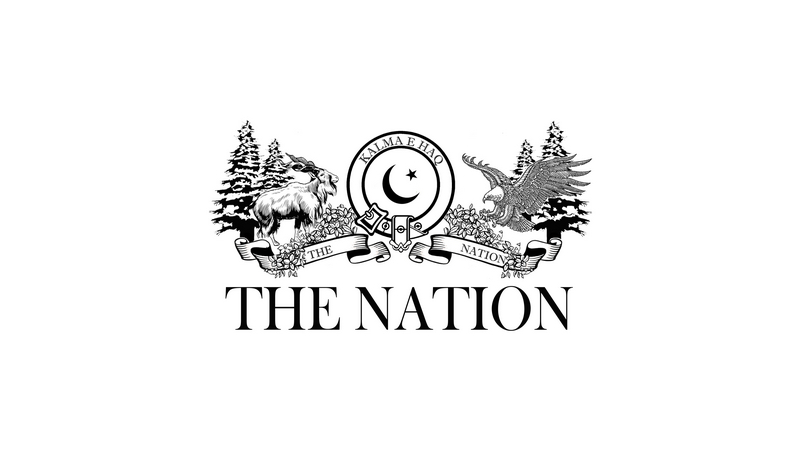







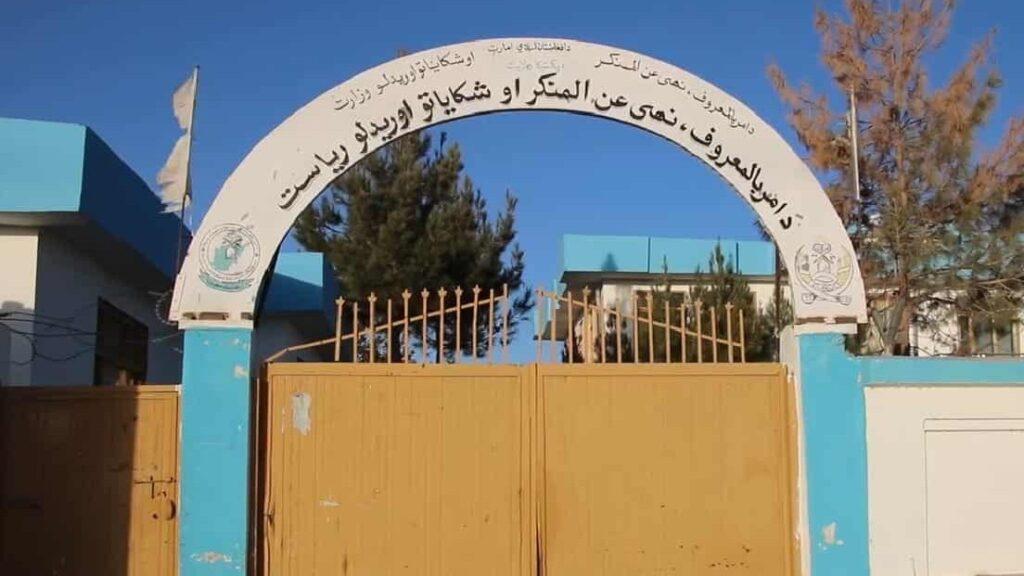







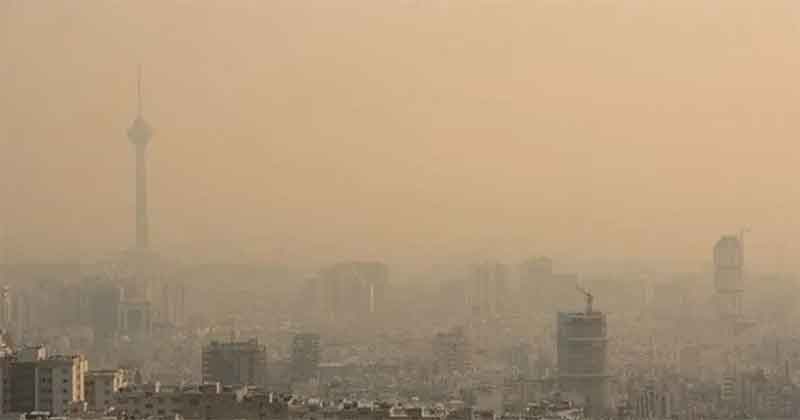











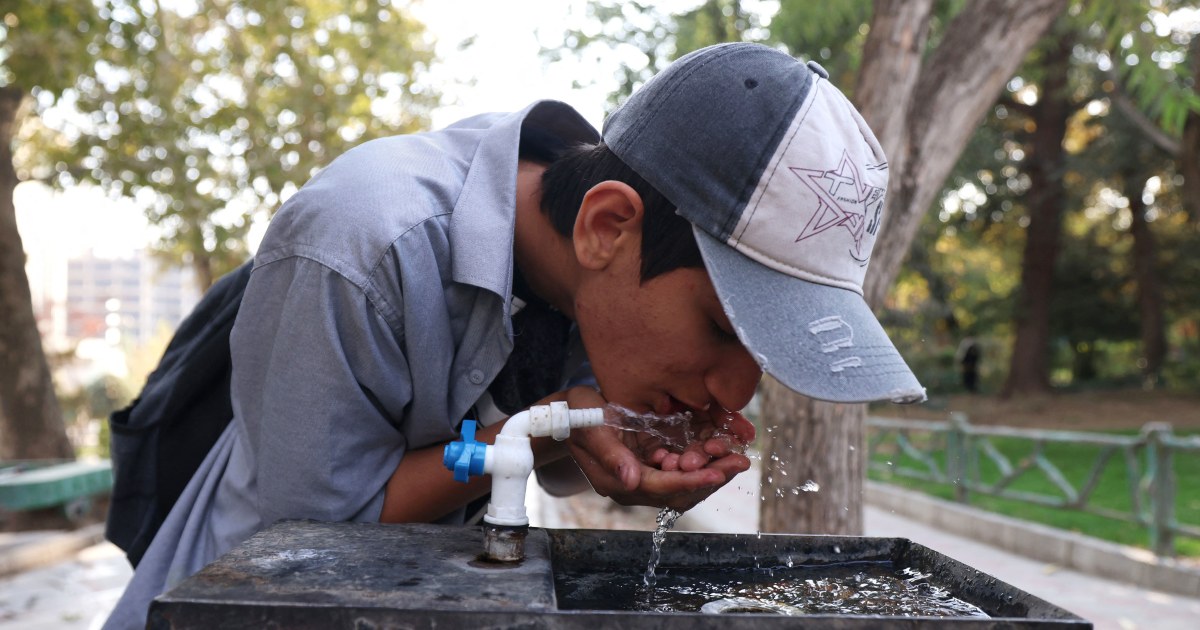




























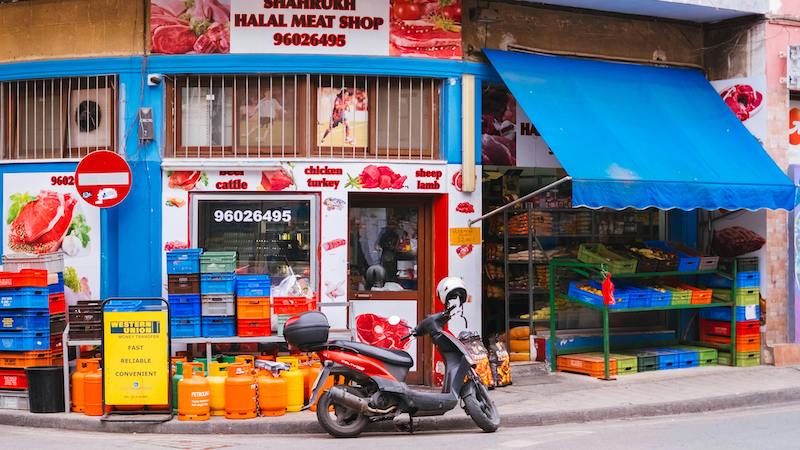










;Resize=805#)









